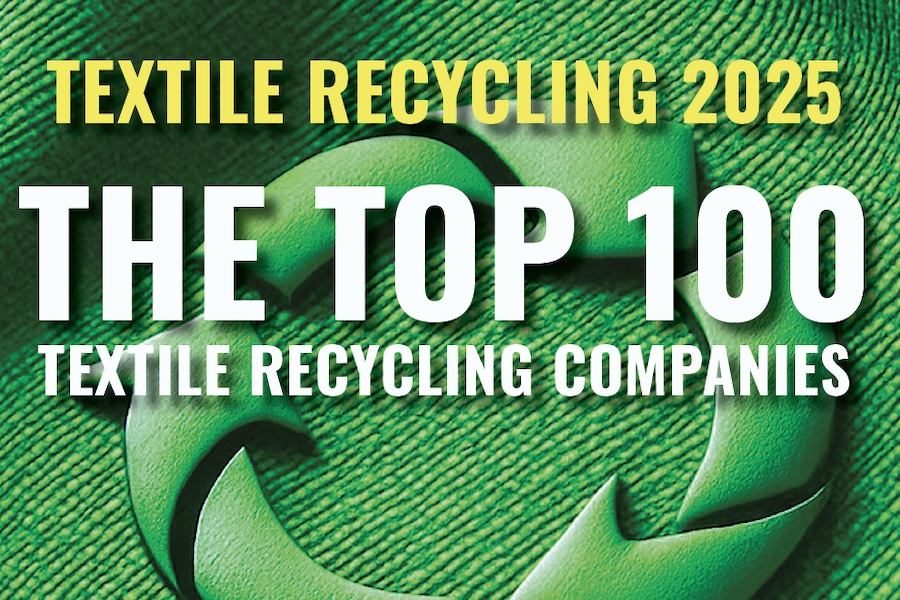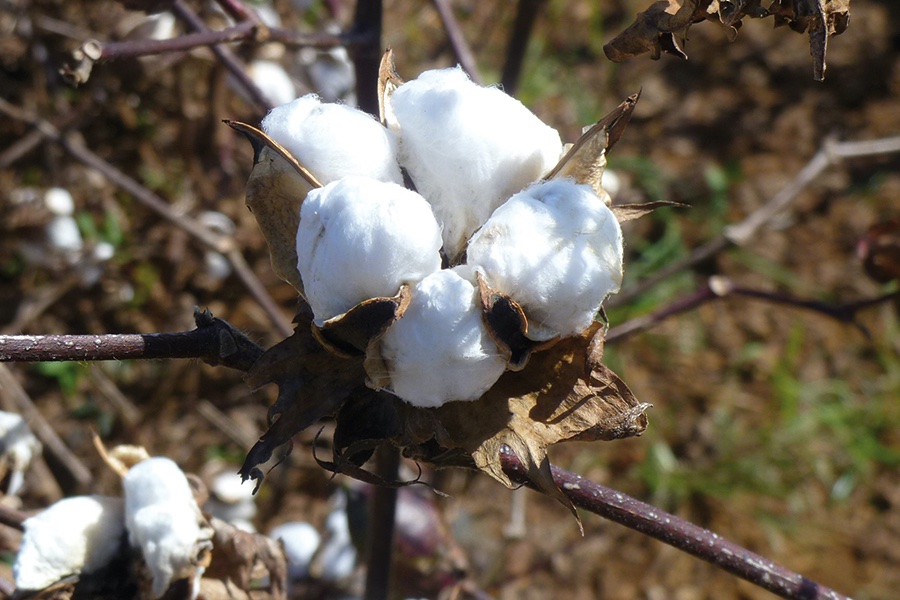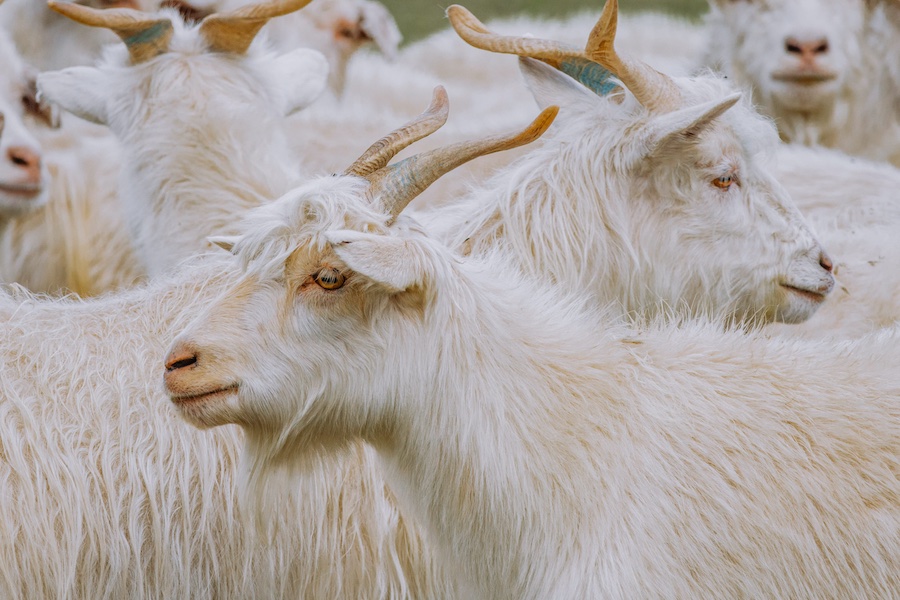#Raw Materials
Record organic cotton production in 2019/20, shows Textile Exchange report
2019/20 was a record-setting year for organic cotton, with the largest volume of organic fiber harvested globally to-date, and growth is set to skyrocket in 2020/21.
Ranked by production, the top seven organic cotton-producing countries, which together account for 95 percent of global production, were India (50%), China (12%), Kyrgyzstan (12%), Turkey (10%), Tanzania (5%), Tajikistan (4%), and the U.S. (3%). Two new countries – Uzbekistan and Myanmar – joined the line-up of organic cotton producers in 2019/20, and at least another three countries are expected to join in the next few years. The biggest contributors to the global growth seen in 2019/20 were Tanzania and Kyrgyzstan, followed by Uganda, the U.S., Pakistan, India, and Turkey.
“The demand for organic cotton has been growing steadily, particularly the last four years,” says La Rhea Pepper, Textile Exchange Founder and CEO. “All signs point to increasing demand for organic cotton as brands expand their use of the fiber in their product lines in response to concerns over the textile industry’s impact on the environment and consumer demands for sustainable choices.”
India once again had the most land in conversion to organic, followed most closely by Turkey, Tajikistan, and Tanzania. At least 50,552 hectares of cotton land were in conversion to organic cotton in 2019/20. This is equivalent to eight percent of the total certified production area.
Organic cotton production is set to skyrocket in 2020/21, with an estimated 48% growth, stemming predominantly from India and Turkey. In India, this growth is largely a result of increased demand causing organic cotton prices to increase. This, in turn, makes it a more attractive option for farmers and is leading existing producers to dedicate a larger share of their certified organic land to growing cotton versus other crops. In Turkey, increased demand is also the main driver, but the growth is more a result of new producers starting up organic cotton production.
“Textile Exchange urges all brands to ‘plan for planting,’ including supporting the conversion years to ensure that organic will be available to meet their future needs,” says Textile Exchange Fiber Strategist, Rui Fontoura.
Besides revealing detailed production data at global, regional, and country levels, the report also covers current trends and priorities for the organic cotton sector, including discussions on current demand, regenerative agriculture, seed innovation, Covid-19, and the price vs. value paradigm. Impact is also a key feature, in line with Textile Exchange’s 2030 Climate+ goal, with spotlights on the key impact areas of climate, biodiversity, soil, and water.
The report is peppered with insightful quotes from the twenty-one “industry insiders” who were interviewed for the report as part of Textile Exchange’s Insider Series, highlighting how producers and companies are making a difference in textile sustainability.
Textile Exchange continues to gather information on the uptake of organic cotton as well as production, and appreciates the cooperation of all producers, brands, retailers, and other stakeholders in sharing usage and production information via our surveys. In addition, brands, retailers, manufacturers, and suppliers are invited to track their progress with organic cotton (and other preferred fiber and materials) by participating in the annual Material Change Index (MCI) survey (open through September; email: CFMB@TextileExchange.org). New this year are questions regarding product sales figures and forecasted demand through 2025 – information vital to understanding the market.
We also urge active participation in upcoming webinars on the topic as well as this fall’s Organic Cotton Round Table (OCRT) Summit, held in conjunction with our 2021 Textile Sustainability Conference in Dublin, Ireland, November 15-19. Join the OCRT to engage with others in the organic cotton community and stay up to date on the latest news and events on the OCRT Hub.
https://form.jotform.com/202475600045345










canva-900-1.jpg)






